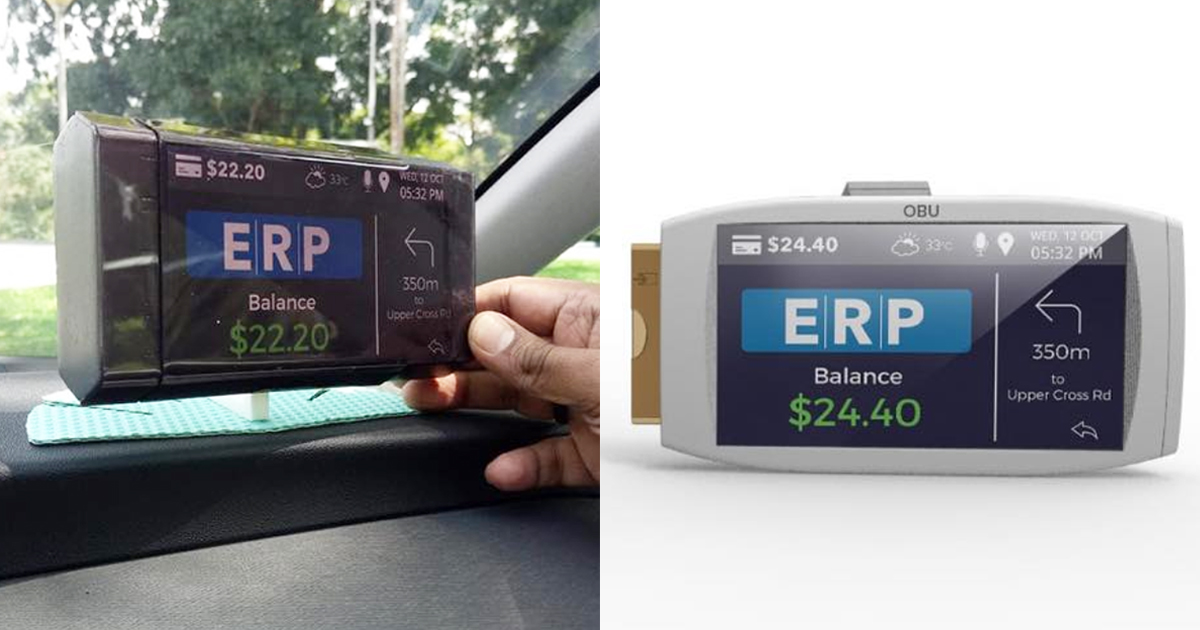The next generation Electronic Road Pricing (ERP) system is coming.
And it is arriving as early as 2020.
Satellite system
Under the new Global Navigation Satellite System (GNSS)-based ERP system, motorists will be charged by the distance they travel along congested roads, as opposed to a flat-fee that is currently in place.
In other words, motorists will be charged money using an advanced satellite system.
The Land Transport Authority (LTA) told The Straits Times that a replacement exercise will commence progressively from 2020.
Existing ERP in-vehicle units (IUs) will be replaced with new on-board units (OBUs).
Details are sketchy but the first replacement will be free of charge.
The OBU will be larger than the current IU.
What new units can do
According to LTA, the new OBUs will be able to provide more "value-added" services to motorists, including:
- Automatic payment for Off-Peak Cars usage
- Electronic payment for roadside parking
- Electronic payment for checkpoint tolls
- Provision of relevant real-time traffic information tailored to one’s location
Concept photos of the new OBUs are already being circulated online:
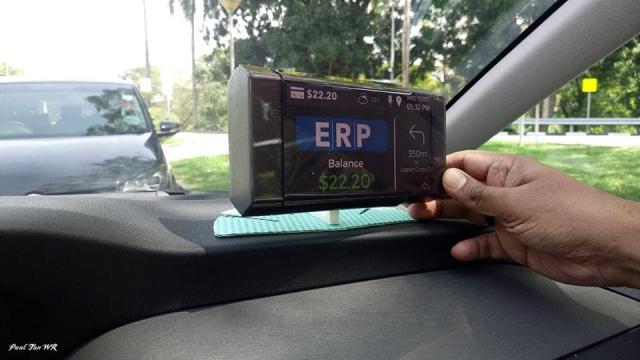 Image via mycarforum.com
Image via mycarforum.com
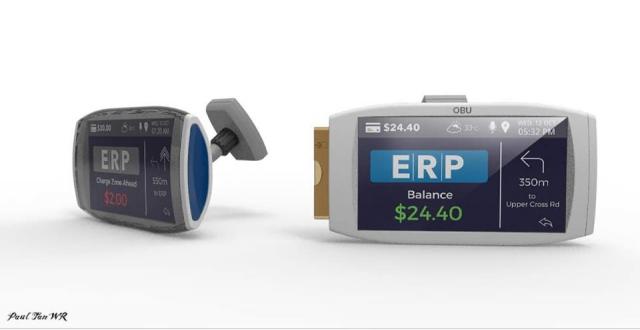 Image via mycarforum.com
Image via mycarforum.com
It will display more information for motorists on their journeys.
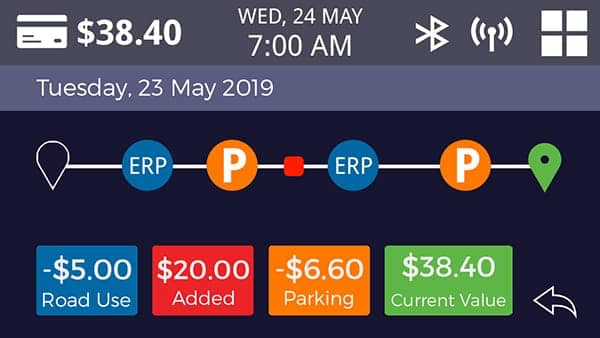 Image via mycarforum.com
Image via mycarforum.com
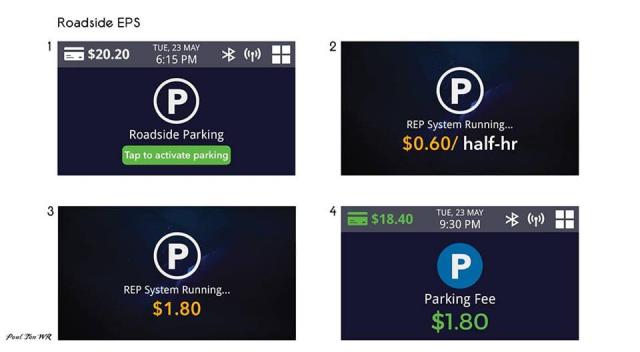 Image via mycarforum.com
Image via mycarforum.com
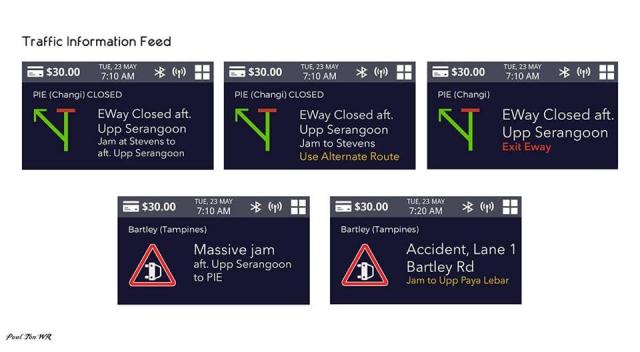 Image via mycarforum.com
Image via mycarforum.com
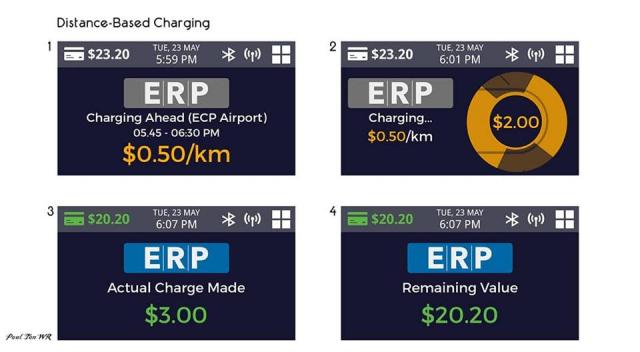 Image via mycarforum.com
Image via mycarforum.com
What is to come
Once the islandwide distance-based charging system is deployed, motorists will pay according to the distance they chalk up on congested roads.
The 80 or so ERP gantries will be dismantled.
Current and new ERP systems will co-exist during transition period.
The transition period is likely to take more than a year, will close to one million OBUs installed in vehicles.
In the meantime, charges will continue to be on a "per-entry" basis.
Top image via mycarforum.com
If you like what you read, follow us on Facebook, Instagram, Twitter and Telegram to get the latest updates.
